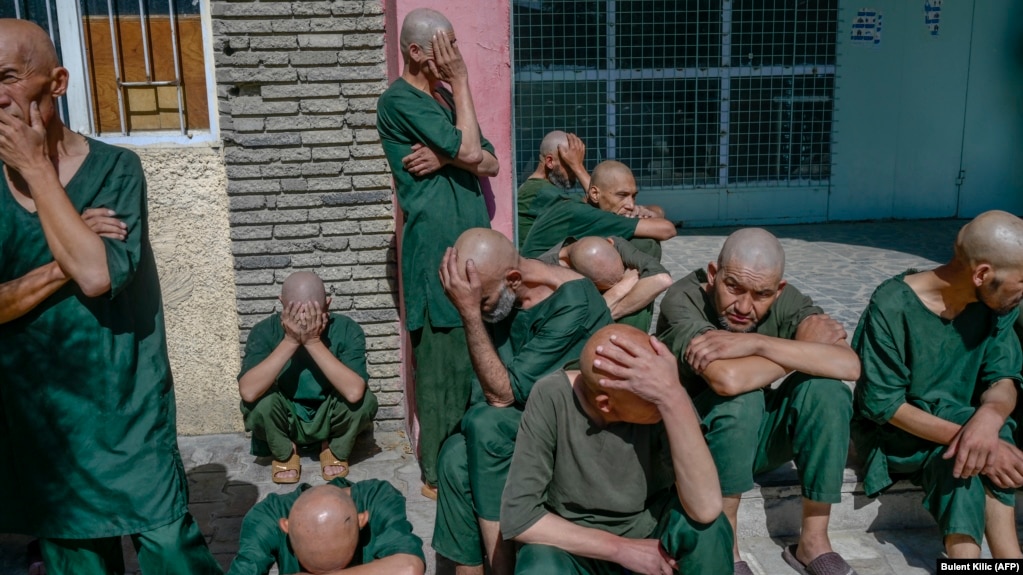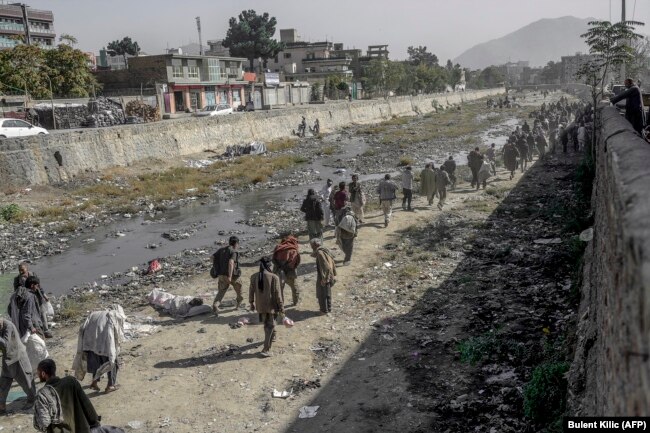Riding the Devil in Afghanistan
"There's a lot of good people here. Engineers, doctors, educated people.""But they have problems with drugs. The problem is getting worse, day by day."Drug addict, Pul-e-Sukhta underpass, Kabul, Afghanistan"I was a graduate from school and I prepared for college and loved a girl and I was unsuccessful. The family did not approve.""After that, there was no chance for me, so I just used heroin to calm myself.""When I came out [of Kabul's Ibn Sina rehabilitation hospital], what could I do? There was still no work.""I have been to the hospital, but I became addicted again when I left."Syed Ramin, 32, drug addict, Kabul"By order of our supreme leader, Haibatullah, there has been a decision to reduce the problem.""Nowadays there has come a reduction of our drug problem."Abdul Nasir Munqad, Taliban leader appointee, hospital director"Our problem is different to European countries, where people take drugs for pleasure. If we ask our patients, they have no jobs, they have no income.""We started our religious classes because our country is a religious country and it has a good effect. It is our experience that we can root out this problem with religious classes."Dr. Atiq Azimi, secretary to the Ibn Sima rehabilitation hospital director
 |
| Drug addicts rounded up by the Taliban and forced to shave their heads brace for 45 days of withdrawal at the Avicenna Medical Hospital for Drug Treatment in Kabul. Many others have been sent to prisons that lack any drug treatment |
 |
| Taliban fighters round up drug addicts in Kabul. |
There are a thousand beds in the hospital and following the Taliban raids such crowding occurred as to see three patients in each of those beds. Overcrowding led to violence and conditions where little prospect of weaning addicts away from drugs seemed possible. Hospital doctors persuaded the Taliban to stop funneling addicts into the hospital. Many were taken to prisons instead. The hospital, now administered by a former prisoner of Bagram high-security prison, houses far fewer patients now.
Each of those patients undergoes a 45-day program to
help with drug withdrawal where the firs 14 days are devoted to
detoxification, followed by rehabilitation. Since enforced roundups were
stopped almost all patients are 'voluntary'. Brought by their families
to the hospital they cannot leave during treatment in a situation which
houses them like inmates. Some of the patients try to escape their
confinement. There are frequent clashes between patients and staff and
violence occasionally breaks out.
"There are big differences between treating drug addicts in prisons and proper addiction-treatment centers. If patients think they are being forced to quit addiction...they will never accept treatment."
"No one can quit drugs if they are not ready to. The only way a drug addict can quit is to satisfy himself and prepare himself psychologically, which is not possible in prison."Salem Sadid, local psychologist, Farah, Afghanistan"Definitely when there are economic hardships, when the population is displaced, they want to seek mechanisms to cope with their hardships.""That definitely makes people vulnerable to more regular drug use."Kamran Niaz, Office on Drugs and Crime, United Nations
Labels: Addiction, Afghanistan, Drug Rehabilitation, Taliban

<< Home